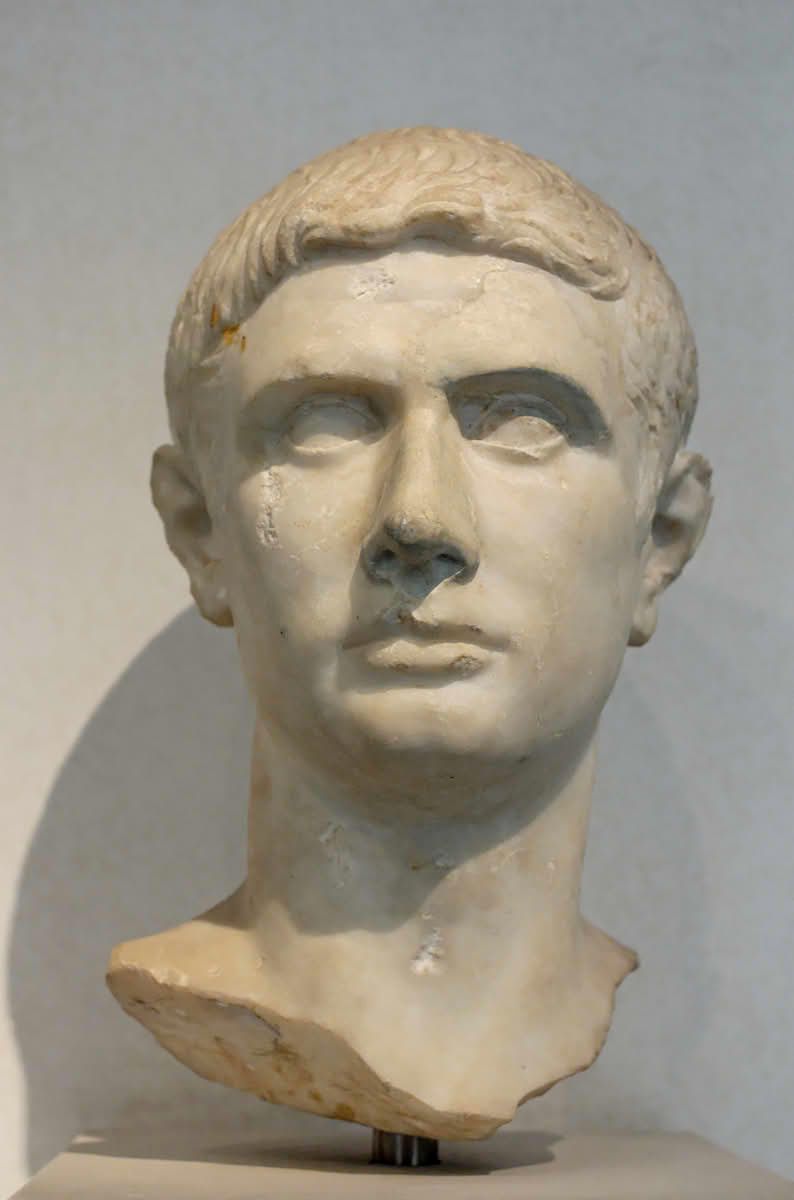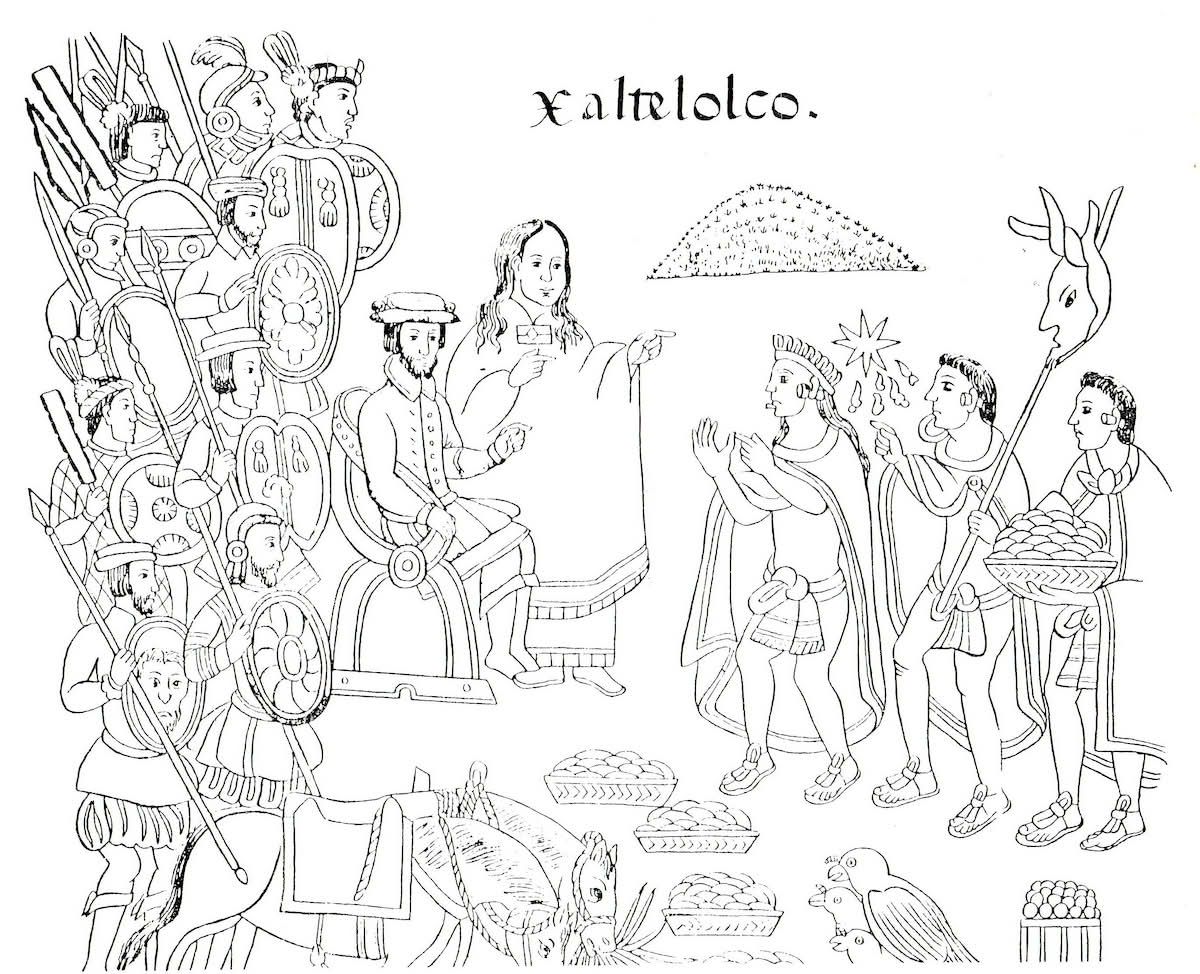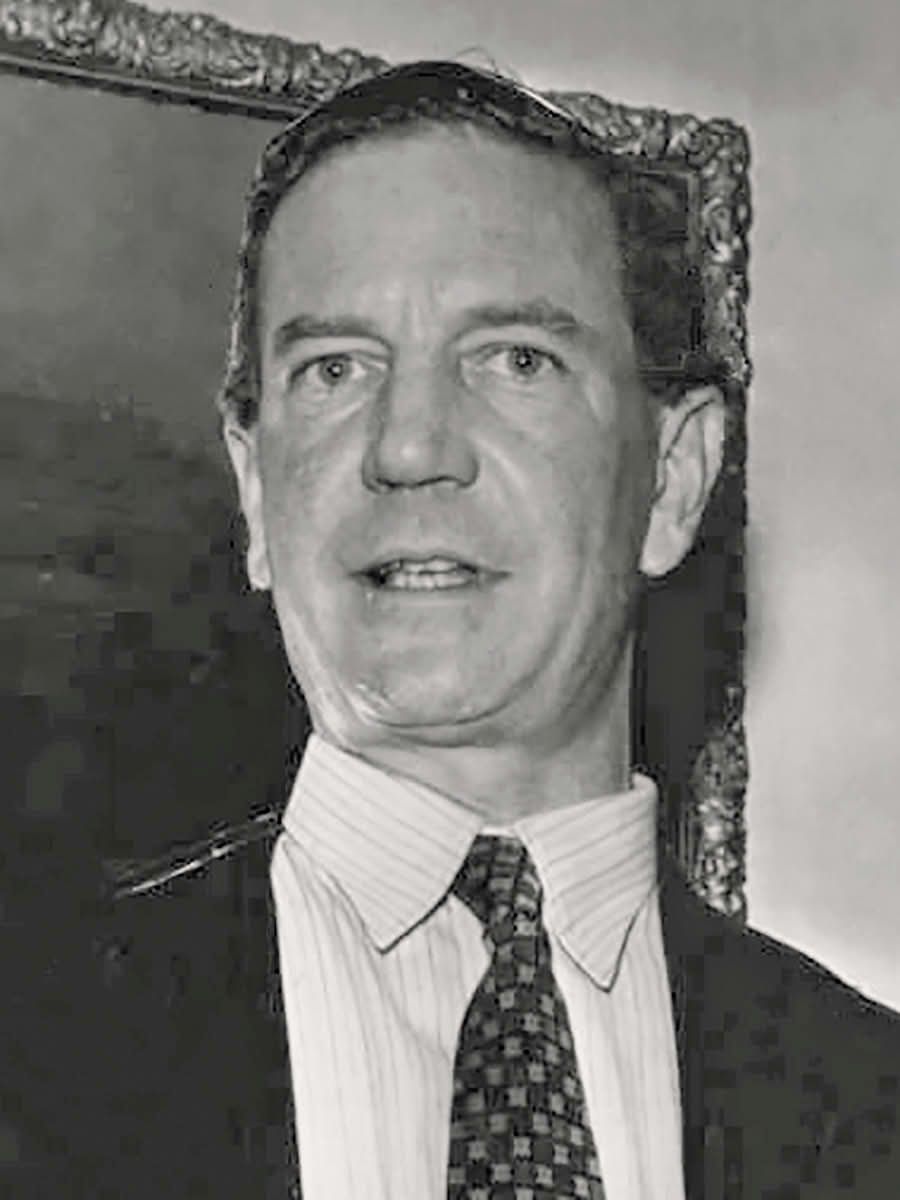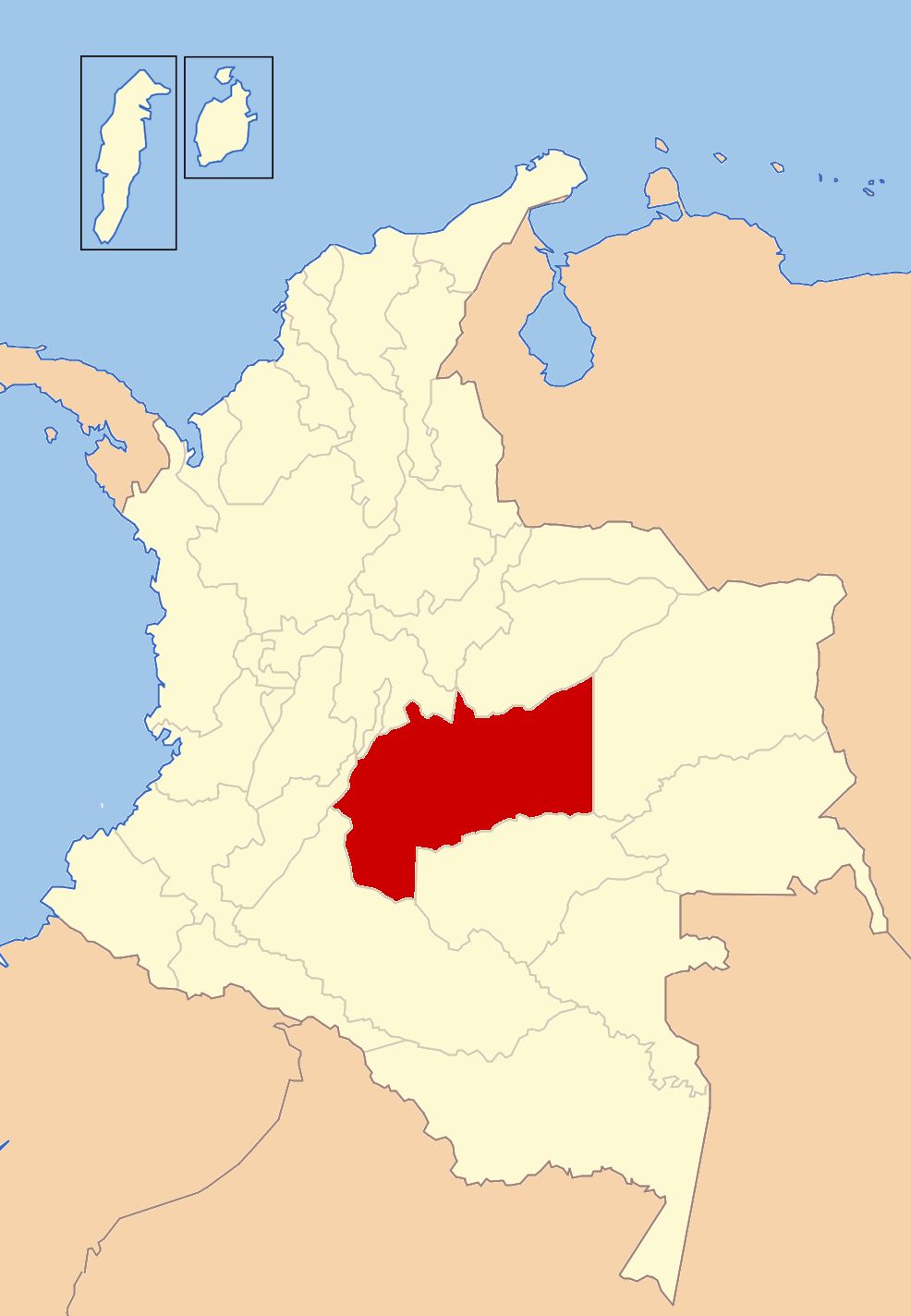
History, in its relentless march, is not merely a chronicle of triumphs and innovations; it is also a stark tableau of human nature’s darker inclinations. For every hero celebrated, there is often a shadow—a figure who, through calculated deception or desperate opportunism, betrayed trust, alliance, or even kin. These acts of betrayal, though often steeped in moral ambiguity, have demonstrably reshaped civilizations, ignited conflicts, and forever altered the trajectory of nations.
From the quiet whispers of conspiracy to the thunderous roar of defection on the battlefield, the stories of historic betrayals offer a fascinating, albeit often unsettling, glimpse into the intricate interplay of power, ambition, and consequence. They remind us that the grand narratives of the past are frequently woven from the threads of personal choices, some of which have proved to be profoundly seismic. Join us as we journey through some of the most devastating betrayals that have irrevocably rocked the world.
In this first part of our exploration, we delve into seven iconic instances of treachery. These are tales that span from ancient religious narratives to pivotal colonial encounters and defining moments in global conflicts, each leaving an indelible mark on the annals of time and challenging our understanding of loyalty and allegiance. Prepare to uncover the stark realities behind these shocking historical turns.

1. **Judas Iscariot** Perhaps no name is more synonymous with betrayal than that of Judas Iscariot. This figure from religious history stands as one of the most infamous examples of treachery, with his actions forever echoing through Christian teachings as the ultimate symbol of treason. For the sum of thirty silver pieces, Judas handed Jesus Christ over to the Roman soldiers, an act that directly led to His crucifixion.
This singular act of betrayal is central to the Christian narrative, portraying Judas as the ultimate betrayer, driven by greed or a more complex, perhaps misunderstood, motive. His kiss, a traditional gesture of greeting and affection, was tragically turned into a sign of identification for the authorities, sealing Jesus’ fate. The gravity of this deed has ensured that Judas’s name endures not just in religious texts, but as a universal archetype for profound disloyalty.
The impact of Judas’s actions extended far beyond the immediate events of that fateful night, shaping centuries of theological interpretation and moral discourse. His story serves as a cautionary tale, illustrating the profound and devastating consequences of betraying one’s deepest allegiances. It remains a powerful testament to how a single act of perfidy can resonate for millennia.
2. **Marcus Junius Brutus** The betrayal of Julius Caesar by Marcus Junius Brutus is a drama of such compelling nature that it has been immortalized in literature and popular culture, most notably by Shakespeare. Brutus, once a close ally and even a protégé of Caesar, found himself entangled in a conspiracy that would result in one of history’s most renowned assassinations. This dramatic shift occurred in 44 BC, fundamentally altering the trajectory of Roman history.
Brutus, together with other senators, became convinced that Caesar’s unrestrained ambition posed an existential threat to the Roman Republic. Despite his personal relationship with Caesar, Brutus opted for what he believed to be the loftier cause: to safeguard Rome from what he perceived as tyranny. His involvement in Caesar’s assassination, famously ending with the supposed words “Et tu, Brute?”, epitomized the tragic clash between personal loyalty and the perceived civic duty.
The aftermath of Caesar’s assassination propelled Rome into a phase of civil unrest, ultimately leading to the collapse of the Republic and the emergence of the Roman Empire under Augustus. Brutus’s name has become synonymous with a high – stakes, ideologically – motivated betrayal, which has been debated by historians and moralists for centuries. His actions highlight the intricate moral terrain of political power and the often – ruthless choices it necessitates.

3. **Benedict Arnold** From a celebrated Revolutionary War hero to an enduring symbol of American treason, Benedict Arnold’s story represents a spectacular fall from grace. Initially revered for his bravery and military prowess, Arnold came to feel increasingly unappreciated and overlooked by the American Continental Congress, thereby sowing the seeds of deep resentment. This simmering discontent eventually drove him down the path of treachery.
Arnold secretly plotted to surrender the strategic West Point fort to the British, a betrayal that had immense potential to dramatically alter the outcome of the American Revolutionary War. West Point was a crucial defensive position, controlling access to the Hudson River and vital supply lines. Had his plot succeeded, it could have dealt a crippling blow to the fledgling American cause, potentially prolonging the war or even determining its ultimate victor.
His defection in 1780 sent shockwaves through the nascent United States, transforming a national hero into its most despised villain. Benedict Arnold’s name has become a byword for traitor in American English, forever associated with disloyalty to one’s country. His legacy serves as a potent reminder of how personal grievances, if left unchecked, can lead to devastating acts of national betrayal.

4. **Mir Jafar** The name Mir Jafar reverberates through Indian history as a pivotal figure whose betrayal facilitated the expansion of British colonial power. In 1757, during the pivotal Battle of Plassey, Mir Jafar, who was then the commander-in-chief of the Nawab of Bengal’s army, secretly allied himself with the British East India Company. This clandestine alliance proved catastrophic for his own ruler, Siraj-ud-Daula.
Mir Jafar’s treachery involved withholding his substantial forces from the battle, thereby effectively ensuring the defeat of the Nawab’s army. His actions directly resulted in the decisive victory of the British East India Company, despite the latter being significantly outnumbered. This single act fundamentally altered the course of Indian history, paving the way for over a century of direct British colonial rule over much of the subcontinent.
The Battle of Plassey is frequently cited as the starting point of British dominance in India, and Mir Jafar’s role in it remains a topic of historical debate and condemnation. He was subsequently installed as a puppet ruler by the British, but his name endures as a potent symbol of collaboration and self-serving betrayal. His story demonstrates how individual acts of perfidy can have profound and long – lasting geopolitical consequences, shaping the destinies of millions.
Read more about: Mind-Bending Time Jumps & Shocking Twists: 11 Wild Moments From M. Night Shyamalan’s ‘Old’

5. **Vidkun Quisling** The name Vidkun Quisling has transcended its historical origin and has become a universal synonym for traitor, particularly one who collaborates with an occupying enemy force. As Norway’s Minister – President during World War II, Quisling actively facilitated Nazi Germany’s invasion of his own country in 1940, which was a blatant act of treason that shocked the world.
Quisling, who was leading a pro – Nazi political party, invited German forces into Norway, thereby effectively undermining any national resistance efforts. His collaboration provided the Germans with vital intelligence and logistical support, enabling them to establish a firm foothold and brutally suppress any dissent. This direct assistance to the invaders rendered him one of history’s most reviled figures.
The legacy of Vidkun Quisling is etched in infamy. His unpatriotic actions resulted in immense suffering for the Norwegian people under occupation, and his name has become permanently associated with the ultimate act of national betrayal. Norway, which has been enduring the profound consequences of his treachery, has never forgotten the extent of his willingness to betray his homeland for ideological alignment and personal power.
6. **Dona Marina (La Malinche)** Dona Marina, famously known as La Malinche, stands as one of history’s most complex and controversial figures, often being simultaneously lauded as a foundational mother of a new culture and condemned as a profound traitor. Born into an indigenous tribe, she was presented to the Aztecs as a slave, a challenging beginning that foreshadowed her extraordinary life. Her destiny was profoundly intertwined with the Spanish conquest of Mexico.
Dona Marina’s linguistic genius constituted her most significant asset; she served as an interpreter and an invaluable advisor to Hernán Cortés, the Spanish conquistador. Her ability to translate Nahuatl, the Aztec language, into the Mayan language, which could then be understood by Cortés’s Spanish translator, forged a crucial linguistic link. This facilitated vital communication and strategy for Cortés’s forces, playing an indispensable role in the conquest of the New World.
While her strategic assistance undeniably aided the Spanish in their subjugation of indigenous civilizations, the perception of her actions remains deeply divided. Some regard her as a traitor who betrayed her people to foreign invaders, directly contributing to the downfall of powerful empires such as the Aztecs. Others contend that her choices were a consequence of her circumstances as a slave, or that she aimed to navigate and survive a brutal conflict, perhaps even alleviating some of its horrors for her own people. Regardless of interpretation, her pivotal role has fundamentally changed the course of history.
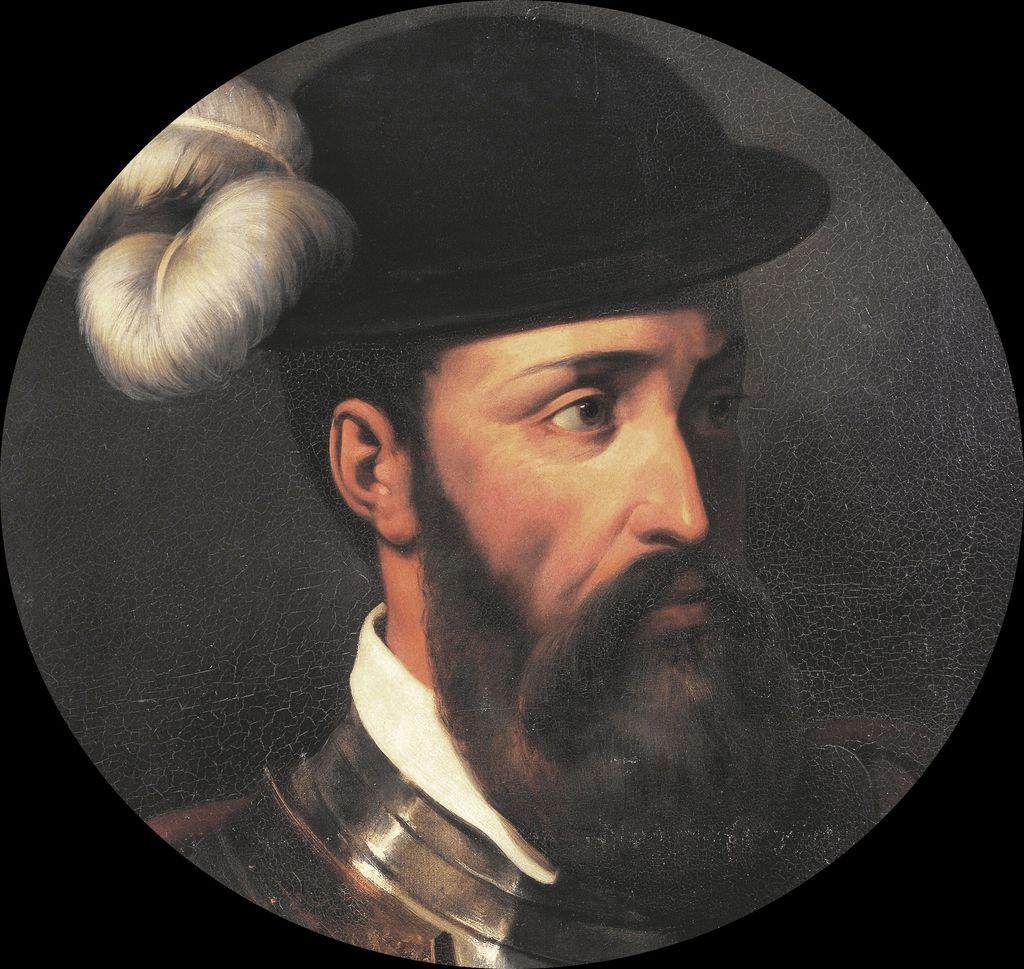
7. **Francisco Pizarro** Francisco Pizarro’s conquest of the Inca Empire in the 16th century stands as a stark example of brutal ambition intertwined with profound betrayal, demonstrating how a promise can be ruthlessly broken for material gain. Pizarro, the Spanish conquistador, encountered the powerful Incan emperor Atahualpa in 1532, thereby setting the stage for one of history’s most shocking double – crosses. Despite having met the emperor and offered assurances, Pizarro’s true intentions were far darker.
After capturing the Incan emperor Atahualpa, Pizarro engaged in an act of breathtaking deceit. He demanded a massive ransom of gold and silver for Atahualpa’s release, a treasure of unfathomable wealth that the Incas collected diligently. This immense payout was indeed delivered, filling rooms with precious metals and effectively stripping the Incan Empire of much of its movable wealth. However, the promise of freedom was a cruel lie.
Once the gold and silver were in his possession, Pizarro betrayed his word and, on dubious grounds of treason, ordered Atahualpa’s execution. Atahualpa was strangled to death, despite the ransom having been paid in full. This act of cold – blooded treachery not only ended Atahualpa’s reign but also effectively decapitated the Inca Empire, paving the way for Pizarro’s ruthless conquest and the brutal Spanish colonization of South America. His actions remain a chilling testament to the lengths to which some will go for power and wealth, forever tarnishing his legacy with the mark of profound betrayal.
As we shift our focus beyond the foundational acts of treachery that dramatically reshaped early civilizations and conflicts, our journey now leads us into the intricate, often shadowy world of covert betrayals. These are the acts of perfidy that, while perhaps less outwardly dramatic than a battlefield defection or a public assassination, have profoundly influenced international relations, fueled the engines of espionage, and fundamentally shaped the course of modern conflicts, particularly during the intense crucible of the Cold War and its aftermath. They reveal how trust, once shattered from within, can have far – reaching geopolitical consequences.
In this second part of our exploration, we direct our attention to seven more instances where trust was systematically undermined, loyalties were secretly traded, and the very fabric of national security was compromised. These narratives delve into the complexities of intelligence, the high stakes of nuclear proliferation, and the enduring human element in the global chess game of power and information. Prepare to uncover the quiet, yet devastating, impact of these profound acts of disloyalty.

8. **Aldrich Ames** One of the most devastating betrayals within American intelligence was brought to light through the actions of Aldrich Ames, an officer of the Central Intelligence Agency (CIA). In 1985, Ames commenced secretly spying for the Soviet Union, an act of treachery that would compromise countless operations and endanger numerous lives. His betrayal constituted a severe breach of trust within the highest echelons of national security.
Ames’s actions directly resulted in catastrophic consequences. He compromised dozens of agents working for the United States, tragically leading to the deaths of several operatives and causing substantial, irreparable damage to American intelligence – gathering capabilities. The magnitude of his disloyalty was immense, undermining years of covert work and exposing national secrets to grave risk.
Perhaps most astonishingly, Ames’s profound betrayal remained undetected for nearly a decade, enabling him to carry on his destructive activities over an extended period. His case serves as a chilling reminder of the vulnerabilities inherent even in the most secure intelligence organizations and the far – reaching impact of a single, calculated act of treason.

9. **Julius and Ethel Rosenberg** The execution of American civilians Julius and Ethel Rosenberg in 1953 on charges of espionage remains one of the most controversial and far – reaching betrayals during the Cold War era. They were indicted and convicted of transmitting crucial atomic secrets to the Soviet Union, an act that substantially transformed the geopolitical landscape. Their case emerged as a focal point in the intensifying ideological conflict between the East and the West.
Their betrayal at the height of the Cold War exacerbated international tensions, directly contributing to the nuclear arms race and leaving an enduring impact on the global balance of power. The information they were purported to have provided was considered pivotal to the Soviet Union’s development of its own atomic bomb, thereby expediting the perilous standoff between the two superpowers.
Controversy still surrounds their trial and subsequent execution, with ongoing debates regarding the degree of their culpability, particularly Ethel’s involvement, and the impartiality of the judicial process. Regardless of differing interpretations, their story highlights the profound repercussions of intelligence leaks during periods of intense international rivalry and the human toll of such profound disloyalty.
10. **Kim Philby** Kim Philby, a high – ranking British intelligence officer, orchestrated one of the most damaging betrayals in the annals of Cold War espionage. For decades, Philby served as a mole within the British Secret Intelligence Service, systematically supplying the Soviet Union with an incessant flow of highly sensitive information. Throughout this period, he meticulously concealed his true allegiance.
Philby’s capacity to sustain his clandestine role for such an extended period enabled him to inflict substantial damage on Western intelligence operations. His profound infiltration of the British establishment implied that numerous operations were compromised, and a large number of agents were placed at extreme risk, underscoring the catastrophic impact of a long – term, high – level traitor.
His defection to Moscow in 1963 dealt the final, devastating blow to Britain’s intelligence community, leaving behind a legacy of profound distrust and necessitating a comprehensive re – evaluation of security protocols. Philby’s name became synonymous with the ultimate betrayal of country and comrades, with his story serving as a testament to the chilling efficacy of ideological commitment to an enemy.

11. **Robert Hanssen** For more than two decades, an agent of the Federal Bureau of Investigation (FBI), Robert Hanssen, covertly sold highly classified U.S. intelligence to the Soviet Union and, subsequent to its disintegration, to Russia. His protracted espionage activities constituted an unparalleled breach of trust within America’s foremost law – enforcement and intelligence agency. Hanssen’s extensive access enabled him to compromise secrets over an astonishingly long period.
Hanssen’s deeds placed numerous lives in jeopardy, directly unveiling the scope of the FBI’s vulnerabilities and jeopardizing ongoing investigations and operations. The immense volume and sensitivity of the information he disclosed severely crippled counterintelligence endeavors and substantially undermined national security, demonstrating how a single individual could wreak widespread havoc.
His apprehension in 2001, following an in – depth investigation, reverberated throughout the U.S. intelligence community and exposed the profound scars left by his pervasive acts of betrayal. The case of Robert Hanssen serves as a stark caution about the potential for internal threats and the unremitting, often unseen, efforts by foreign adversaries to infiltrate national defense systems.

12. **Klaus Fuchs** Klaus Fuchs, a German theoretical physicist, played a pivotal, albeit treacherous, role in the initial development of nuclear weapons. During and after World War II, while engaged in the highly classified Manhattan Project in the United States and subsequently in Britain, Fuchs transferred pivotal atomic secrets to the Soviet Union. His actions had far – reaching global ramifications.
Fuchs’s espionage activities were pivotal in expediting the Soviet Union’s nuclear weapons program, enabling it to swiftly develop its own atomic bomb much earlier than Western intelligence had anticipated. This singular act of scientific perfidy directly fueled the intense and perilous Cold War arms race, fundamentally reshaping the strategic balance of power.
The disclosure of his betrayal reverberated throughout the scientific and intelligence communities, highlighting the critical significance of counter – espionage endeavors in an era characterized by technological progress and global rivalry. Klaus Fuchs’s legacy remains inextricably linked with the advent of the nuclear age and the profound ethical dilemmas surrounding scientific allegiance.

13. **John Walker** U.S. Navy officer John Walker orchestrated one of the most devastating espionage networks in American naval history, divulging military secrets to the Soviet Union from 1968 to 1985. Over this extended period of perfidy, he systematically compromised some of the most highly sensitive naval communications and intelligence. Walker’s betrayal exposed critical vulnerabilities within the U.S. Navy’s security protocols.
His actions directly endangered the security of the United States and its allies, furnishing the Soviets with invaluable insights into American naval operations, codes, and strategic capabilities. The compromised information could have been catastrophic in the event of a conflict, potentially crippling U.S. defenses and resulting in the loss of countless lives.
The discovery of the Walker spy network in 1985 unveiled the alarming degree to which a single individual, motivated by financial gain, could undermine a nation’s defense capabilities over an extended period. John Walker’s name remains a stark reminder of the pernicious threat that internal betrayals pose to national security.

